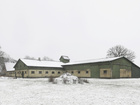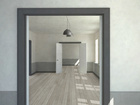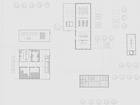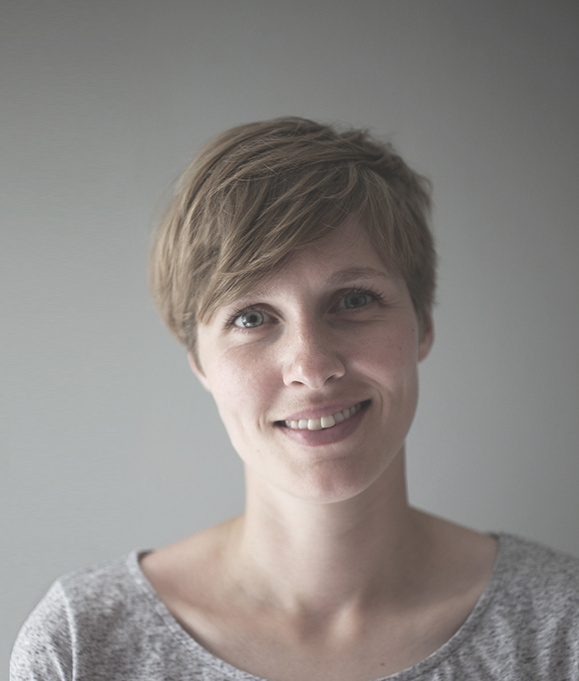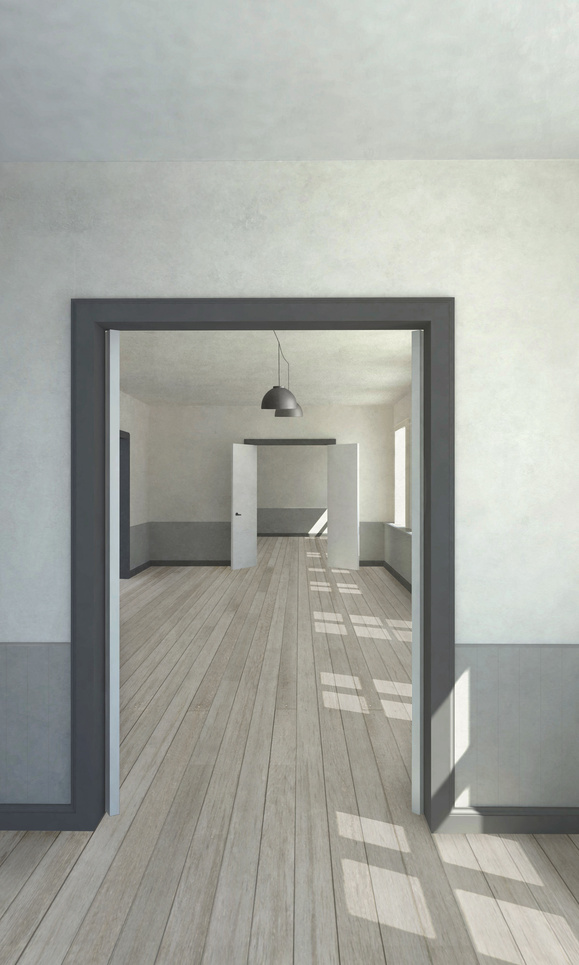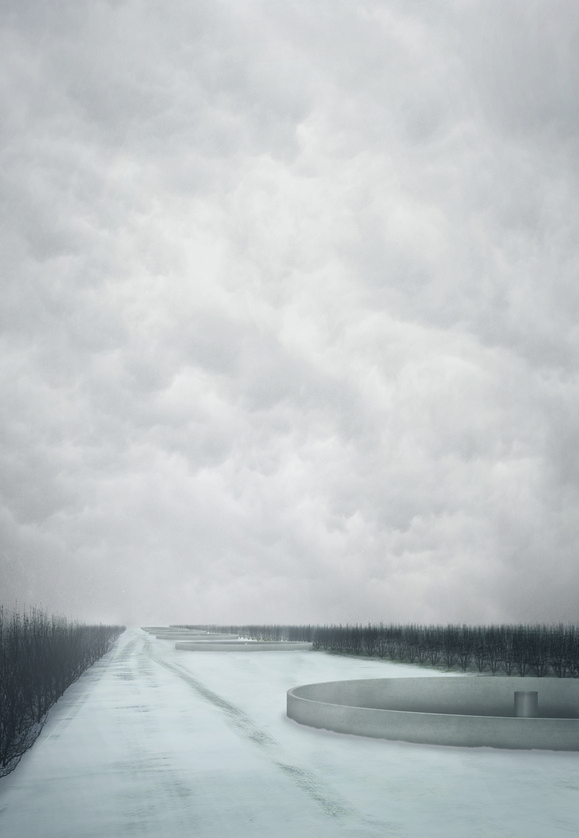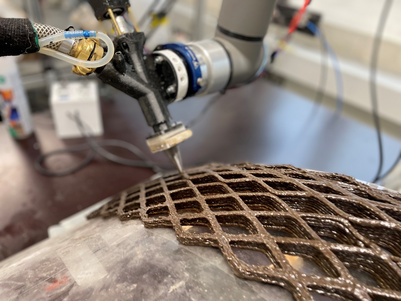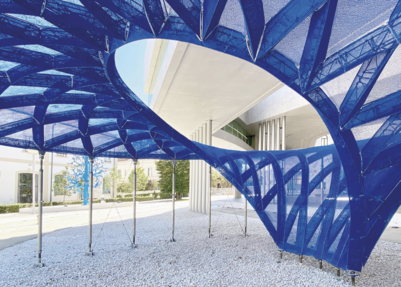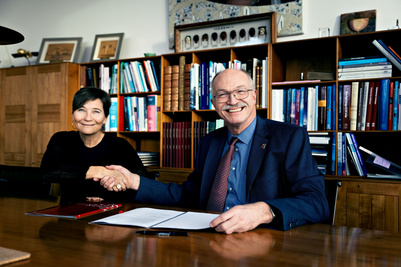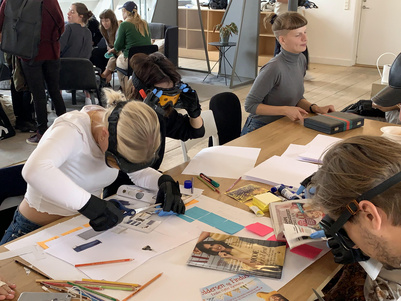Master’s Graduation Project 2015: From Old Architecture to New Industry
As industrialisation has spread, the number of farms has decreased significantly. This has left the outlying regions of Denmark in particular facing problems of depopulation, abandoned buildings and dwindling employment. But what can de done to reverse this negative trend, perhaps even exploiting the empty farm buildings to rejuvenate local life and spur growth? In her graduation project, Isabella Kleivan has transformed a former farm on the southern Danish island of Lolland into an organic fish farm – economic, social and environmental sustainability rolled into one.
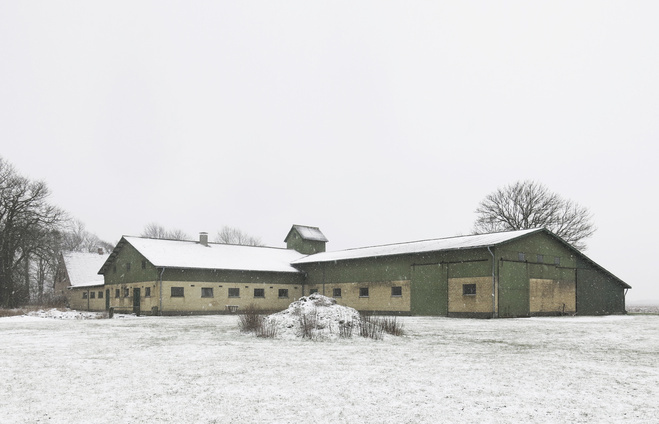
What is your Master’s graduation project about?
Since the 1950s, Danish farming has become increasingly industrialised, but during the same period the number of actual farms has fallen from 200,000 to just 20,000. This has left more than 60 million square metres of empty building space. If we consider these many empty buildings as an untapped resource rather than simply tearing them down over the coming years, we need to come up with new ideas about giving these buildings a new purpose. And it is the repurposing of these buildings that forms the basis of my final Master’s project.
My aim was to focus on the qualities found in the legacy of Lolland’s industrial heritage and intensive farming. To this end I repurposed the empty farm buildings and fields at Munkerodsgaard Farm as an organic recirculation fish farm. By doing so, I have allowed the existing buildings to form the basis for a new industry, while at the same time maintaining a focus on economic, social and environmental sustainability.
I worked towards the goal of creating a realisable project borne out of a very real problem. Naturally, this involved working with professionals from other fields, such as the trade organisation Danish Aquaculture, graduate students from DTU Aqua, and fish farmers from different parts of the country.
Why did you choose to work with such a specific issue from the real world?
Above all else, it provided me with an insight into the very complex reality of architecture, and I learned to translate some programmatic functional requirements into architectural language. For example, I had not previously worked on landscape architecture, but I ended up paying special attention to the landscaping aspect of the project, because my project includes some very specific spatial and technical requirements.
What is most fun and what things are hardest when working on architecture in the way that you do?
The answer to both questions has to be the many obstructions you come across. For me, it has always been a question of working to enable architecture to support the pragmatic dignity of everyday architecture, so conveying the highly technical solutions with an artistic language was a challenge.
I discovered that it was largely the pre-existing qualities of the buildings and the landscape that influenced my work, and this has given me great respect for the teaching methods used in the Cultural Heritage, Transformation and Restoration graduate programme. In that context, we worked specifically with the premise that we need to acknowledge and understand what exists or existed prior to our own intervention.
What do you consider to be your greatest strength as a KADK architecture graduate?
My greatest strength as a new KADK architect graduate is without doubt my ability to combine my academic architectural knowledge with an artistic and craftsmanship-based knowledge. In my final project, for example, I took the time to conduct a thoroughly detailed survey, analysis and evaluation of existing buildings and landscape conditions. This is a good example of how analytical thinking combined with a knowledge of structural engineering and building culture can create the basis for, and supplement an artistic approach to architecture.
Where would you like to see yourself in 5 years?
I certainly do not consider myself to be fully educated yet. Architecture as a professional discipline requires constant evolution and a willingness to keep learning. I am passionate about everyday architecture, and I am particularly strong in the analytical part of the process. So I hope that in five years I will be working in a company that prioritises this aspect of architecture, and have a job where I am challenged by architecturally complex problems relating to the interrelationship between aesthetics, pragmatics and tectonics.


